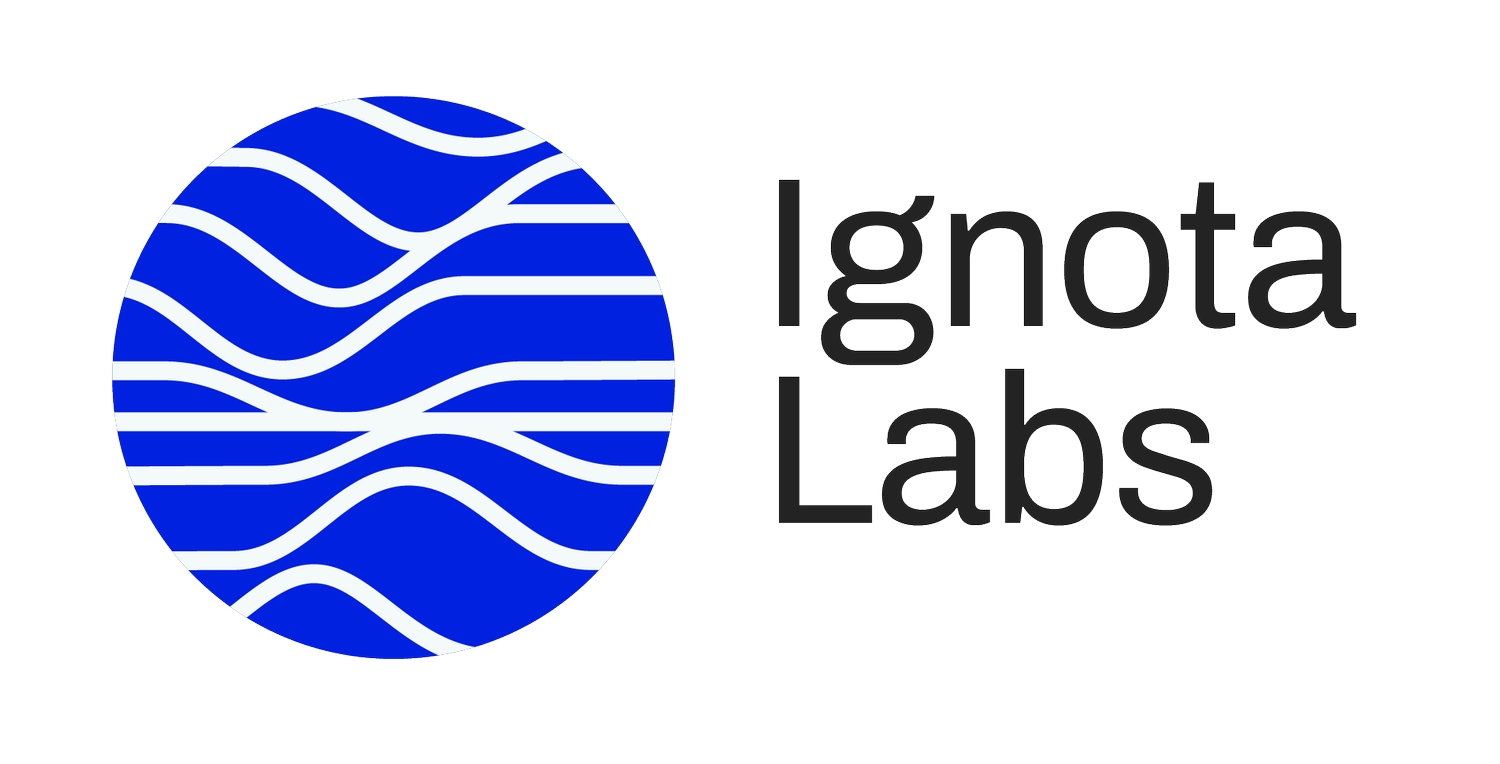Revolutionising Drug Discovery with In Silico Toxicology Screening
Discover the transformative power of AI-driven in silico toxicology screening in identifying safer and more effective drug candidates.
The journey of developing new drugs is often long, costly, and fraught with challenges. One of the critical roadblocks in the drug discovery process is the potential for safety risks that may not become apparent until late-stage clinical trials or even after a drug has been approved. In silico toxicology screening, a cutting-edge approach powered by artificial intelligence (AI), is revolutionising the way researchers assess the safety of drug candidates early in the discovery process. In this blog post, we explore the fundamentals of in silico toxicology screening and how it can transform drug development.
What is In Silico Toxicology Screening?
In silico toxicology screening employs advanced computational techniques to predict the potential toxicity of small molecules, using their chemical structure as input. These techniques, which include machine learning, deep learning, and other AI algorithms, can model the complex relationships between molecular structures and various toxicological endpoints including genotoxicity, hepatotoxicity, nephrotoxicity, and cardiotoxicity.
Why is In Silico Toxicology Screening Important?
By identifying potential safety concerns early in the drug discovery process, in silico toxicology screening can help researchers:
Prioritise safer drug candidates and optimise molecular structures to minimise toxicity risks
Reduce the need for extensive in vitro and in vivo testing, therefore, saving time and resources
Improve decision-making during the discovery phase, leading to a higher success rate in clinical trials
Comply with regulatory requirements and guidelines for drug safety assessments
How Does In Silico Toxicology Screening Work?
In silico toxicology screening relies on the following key components:
Data: High-quality, curated datasets of small molecules with known toxicological endpoints are essential for building robust predictive models. These datasets can be sourced from public databases, scientific literature, and proprietary sources.
Feature Representation: Molecular structures can be represented using various descriptors, such as molecular fingerprints, physicochemical properties, or graph-based representations. These descriptors capture important structural features and substructures relevant to toxicity prediction.
AI Algorithms: Advanced machine learning and deep learning algorithms, such as support vector machines, random forests, graph convolutional networks, and transformer-based models, are used to model the relationship between molecular features and toxicological endpoints.
Model Validation: To ensure the accuracy and generalisability of in silico models, they must be rigorously validated using appropriate statistical methods and external validation datasets.
Software Integration: User-friendly software platforms enable researchers to input molecular structures, run toxicity predictions, and receive clear results; facilitating seamless integration with existing computational chemistry tools and platforms.
In silico toxicology screening is a powerful tool that can significantly improve the drug discovery process by identifying potential safety risks early on. By utilising advanced AI algorithms and high-quality data, in silico screening can help researchers prioritise safer drug candidates and optimise molecular structures. These approaches will ultimately accelerate the development of life-changing therapies.
